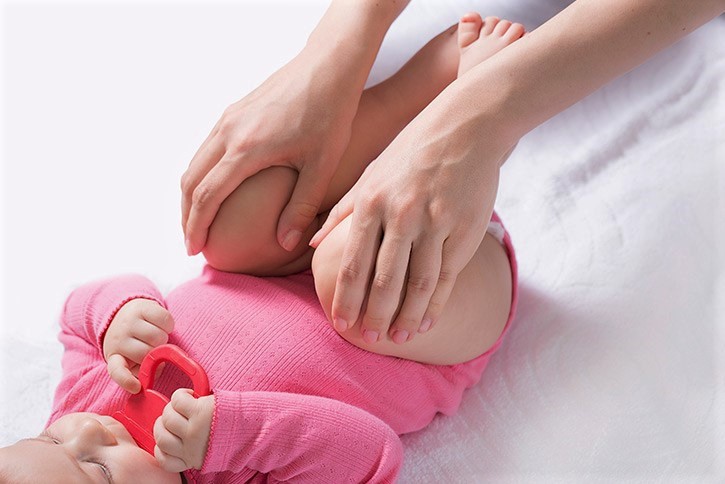
Hip dysplasia: the first ultrasound scan after 40 days of life
After birth all newborns are examined for hip dysplasia
This is a routine examination for an abnormality (2/1000 births) that develops when the joint has not formed normally and the femoral head is not stable properly in the joint socket, with the risk of developmental dislocation.
What are the causes of hip dysplasia?
The causes of congenital hip dysplasia (Developmental dislocation of the Hip in Anglo-Saxon literature) are not known.
However, risk factors such as familiarity, breech presence and female gender of the newborn are recognised.
CHILD HEALTH: LEARN MORE ABOUT MEDICHILD BY VISITING THE BOOTH AT EMERGENCY EXPO
Hip dysplasia, what are the symptoms?
There are no symptoms in the newborn, but an obvious clinical picture of instability.
The signs to look for are the presence of joint jerk, hip abduction deficit and Galeazzi’s sign (shorter limb on the affected side, caused by rising femur).
Diagnosis
The diagnosis is certainly clinical, easy in the neonatal period, less obvious in children a few months old or more.
Ultrasonography of the hip helps, but should not be performed before 40 days of age, period risk of false positives.
An X-ray of the pelvis may be useful after the 5th month of life.
The specialist will recommend the most appropriate instrumental examination.
How is it treated?
The only useful treatment is the use of Pavlik’s braces (a dynamic, braced retractor that facilitates the reduction and stabilisation of the hip with the movement of the infant’s legs), until the dislocation is reduced, as evidenced by ultrasound/radiography of the pelvis and the disappearance of the sign of the snap.
Other types of retractors, such as Milgram’s (the most widely used), may be recommended, especially in older children (after 6 months).
If conservative treatment fails, surgery may be indicated, however, increasingly rare, thanks to early diagnosis and treatment.
It is the specialist who will recommend the most appropriate instrumental examination.
Read Also
Emergency Live Even More…Live: Download The New Free App Of Your Newspaper For IOS And Android
Hip Osteoarthritis: What Is Coxarthrosis
Why It Comes And How To Relieve Hip Pain
Hip Arthritis In The Young: Cartilage Degeneration Of The Coxofemoral Joint
Visualizing Pain: Injuries From Whiplash Made Visible With New Scanning Approach
Coxalgia: What Is It And What Is The Surgery To Resolve Hip Pain?
Unicompartmental Prosthesis: The Answer To Gonarthrosis
Shoulder Instability And Dislocation: Symptoms And Treatment
How To Recognise Hip Dysplasia?


